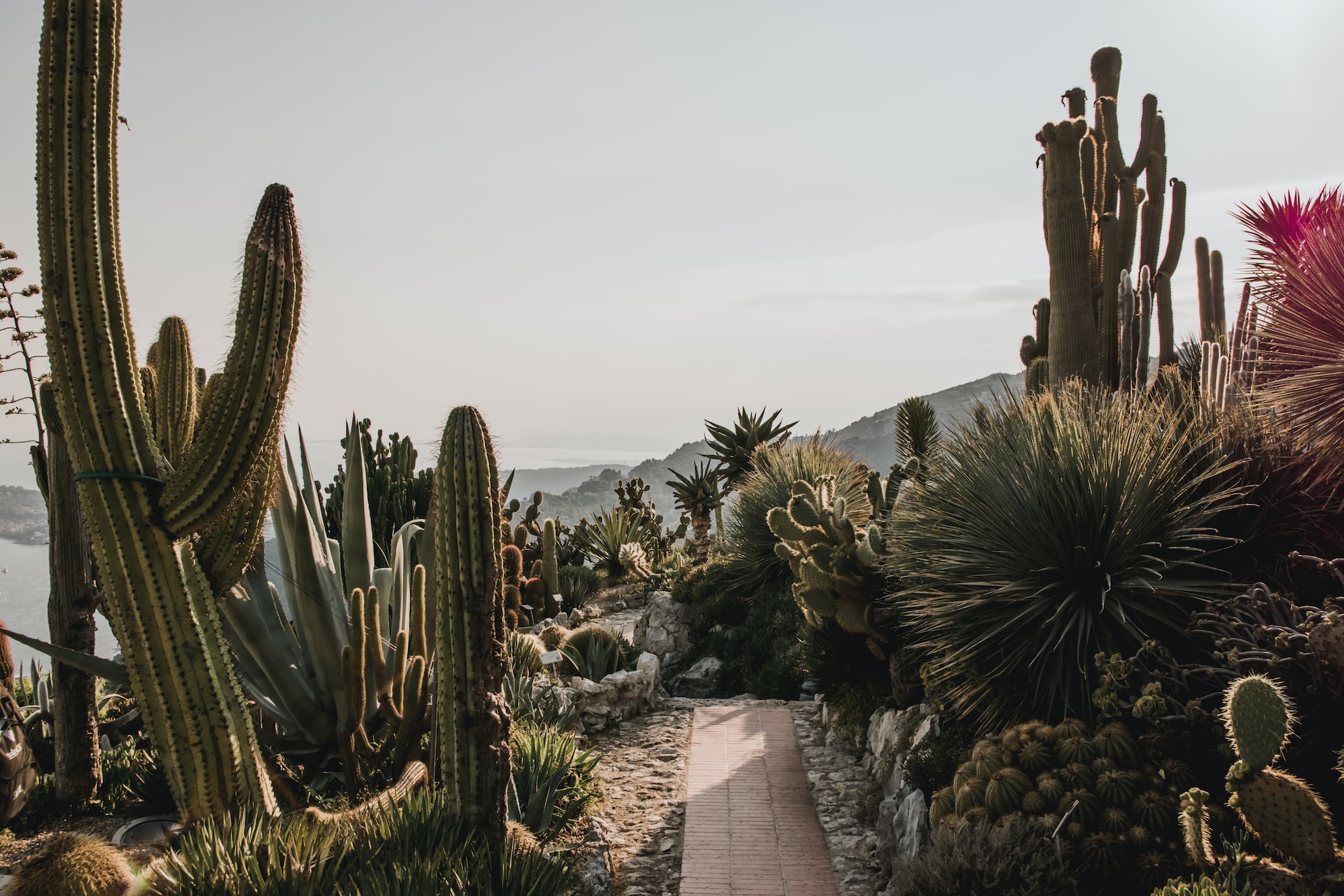Creating a Drought-Resistant Landscape:
The Benefits of Using Drought-Resistance Plants

Drought-resistance plants are those that are able to survive and thrive in dry conditions. These plants are perfect for areas that receive little rainfall or experience prolonged dry spells. There are a wide variety of drought-resistance plants that can be used in landscaping, including both native and non-native species.
Use a Combination of Different Plants
One of the best ways to landscape with drought-resistance plants is to use a combination of different types of plants. This can include using a mix of ground covers, shrubs, and trees. Ground covers are great for filling in spaces between other plants and can help to retain moisture in the soil. Shrubs and trees can provide shade and help to reduce evaporation from the soil.
Cacti & Succulents
Cacti and succulents are some of the most popular drought-resistance plants, and for good reason. These plants are able to store water in their leaves, stems, and roots, allowing them to survive for long periods without water. They also have thick, waxy leaves that help to reduce water loss through evaporation.
Plants With Deep Roots
Another great option for drought-resistance plants are those with deep roots. These plants are able to access water deep in the soil, allowing them to survive even during prolonged dry spells. Some examples of plants with deep roots include oak trees, maple trees, and agave.
Consider the Soil & Drainage Area
When landscaping with drought-resistance plants, it is important to consider the soil type and drainage of the area. Plants that are native to the area are often best suited to local soil conditions and will require less watering and maintenance. In addition, it is important to group plants with similar water needs together, so that they can be watered together and so that they will not compete with each other for water.
Use Mulch
Another way to reduce the need for watering is to use mulch around the base of the plants. Mulch helps to retain moisture in the soil and can also help to reduce evaporation. Organic mulches, such as wood chips or shredded leaves, are a great choice as they will break down over time, adding organic matter to the soil.
Deep Irrigation System
In addition to using drought-resistance plants, there are other landscaping practices that can help to reduce water usage. These can include using a drip irrigation system, which delivers water directly to the roots of the plants, rather than watering the entire area. Rainwater harvesting systems can also be used to collect and store rainwater for use during dry periods.
Overall, landscaping with drought-resistance plants is a great way to create a beautiful and sustainable garden or yard. These plants are able to survive and thrive in dry conditions, reducing the need for watering and maintenance. By using a combination of different types of plants, as well as considering the soil type and drainage, it is possible to create a landscape that looks great and uses less water.